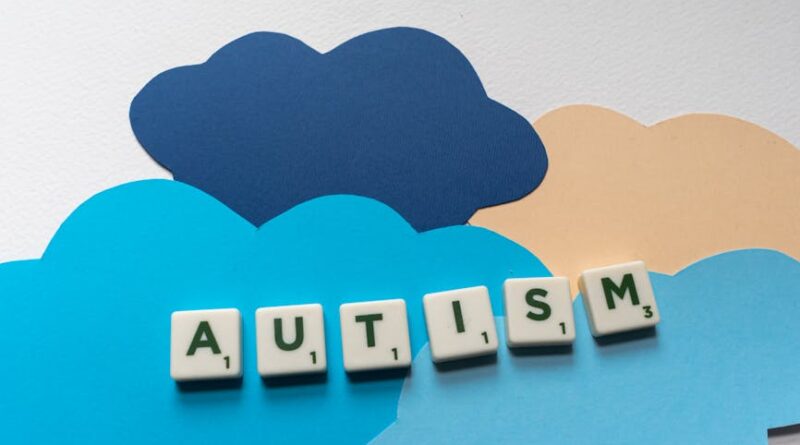The Connection Between Art and Mental Health
Art has long been recognized for its ability to evoke emotions, tell stories, and capture the essence of the human experience. But beyond its aesthetic appeal, art also has a profound impact on mental health. The therapeutic benefits of engaging in artistic activities have been well-documented, offering individuals a creative outlet for self-expression, emotional healing, and stress relief.
The Healing Power of Art
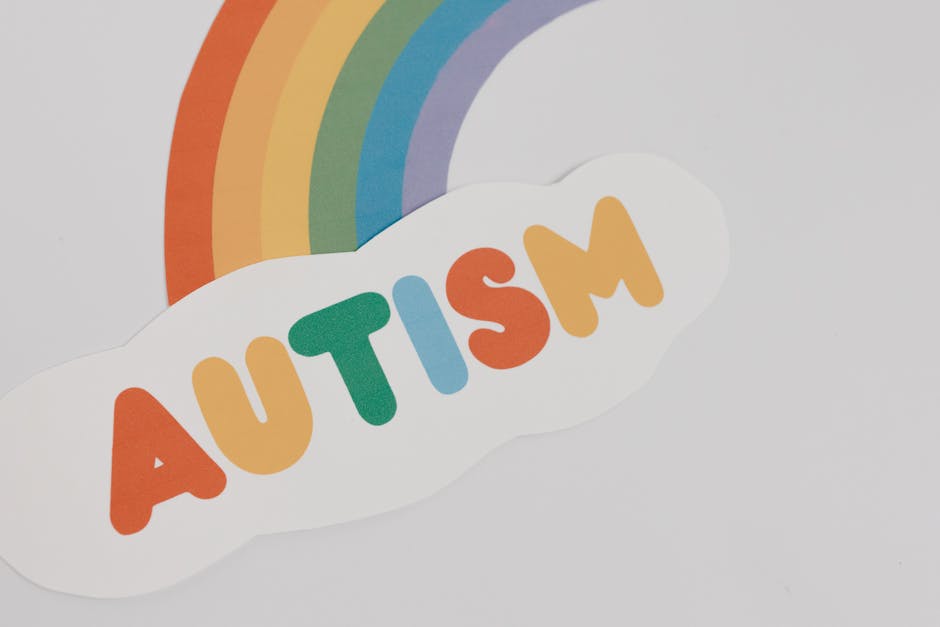
One of the most significant aspects of the connection between art and mental health is the healing power of creative expression. Art therapy, a form of psychotherapy that utilizes art-making as a means of communication, has been shown to be effective in treating various mental health conditions, including depression, anxiety, and PTSD. Through the process of creating art, individuals can explore their thoughts and feelings, gain insight into their emotions, and develop coping strategies to manage their symptoms.
Studies have shown that engaging in art therapy can reduce levels of cortisol, the stress hormone, in the body, leading to a sense of relaxation and calm. Creating art also stimulates the release of dopamine, a neurotransmitter associated with pleasure and reward, which can improve mood and overall well-being. In this way, art therapy provides a non-verbal way for individuals to express themselves and process difficult emotions, making it especially beneficial for those who may struggle to articulate their feelings verbally.
The Role of Art in Self-Discovery
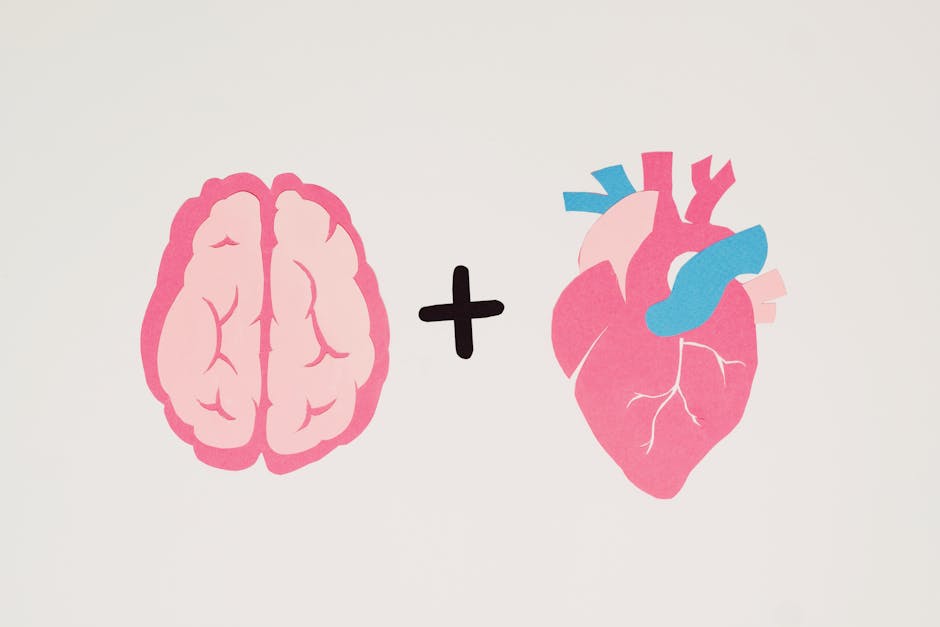
Art also plays a crucial role in self-discovery and personal growth. Through the act of creating, individuals can uncover hidden aspects of themselves, explore their identities, and gain a deeper understanding of who they are. This process of self-discovery can be particularly empowering for individuals struggling with mental health issues, as it allows them to reclaim their narratives, challenge negative beliefs about themselves, and build a stronger sense of self-esteem and self-compassion.
Artistic expression can also serve as a form of catharsis, enabling individuals to release pent-up emotions, process traumatic experiences, and find closure. By externalizing their innermost thoughts and feelings through art, individuals can gain a new perspective on their struggles, reframe their experiences in a more positive light, and move towards healing and growth.
The Therapeutic Benefits of Different Art Forms
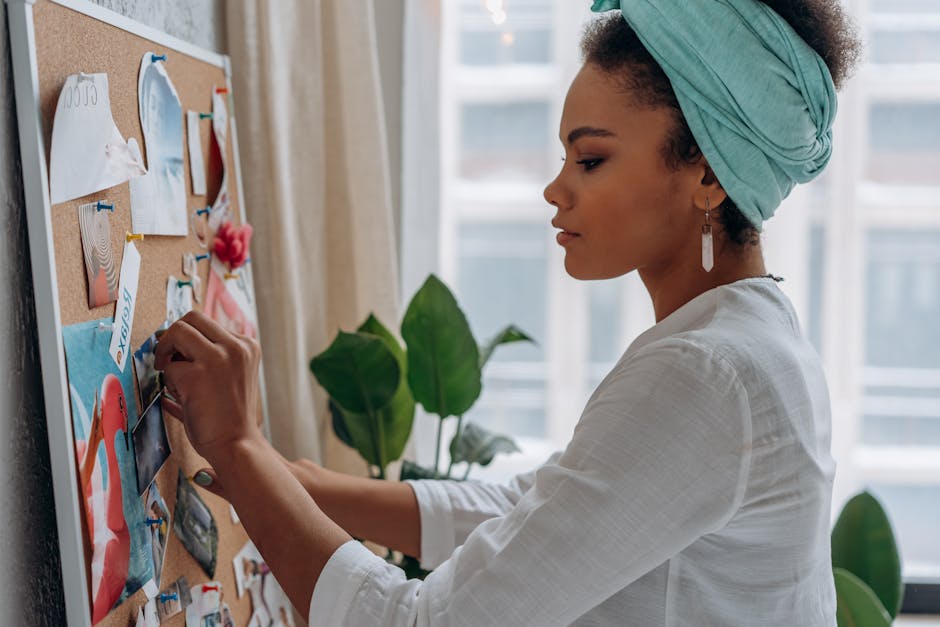
Art therapy encompasses a wide range of artistic modalities, each offering unique therapeutic benefits. Painting and drawing, for example, can help individuals express complex emotions, reduce anxiety, and increase focus and mindfulness. Sculpture and ceramics, on the other hand, provide a tactile and sensory experience that can promote relaxation, improve motor skills, and enhance self-awareness.
Music therapy, another form of creative expression, has been shown to reduce symptoms of depression, improve communication skills, and enhance emotional regulation. Listening to or creating music can evoke powerful emotions, trigger memories, and create connections between individuals, fostering a sense of community and belonging.
Other art forms, such as dance/movement therapy and drama therapy, also offer unique opportunities for individuals to explore their emotions, improve social skills, and build confidence. By engaging in these diverse art forms, individuals can find the medium that best resonates with them and harness its therapeutic benefits to support their mental health and well-being.
The Intersection of Art and Neuroscience
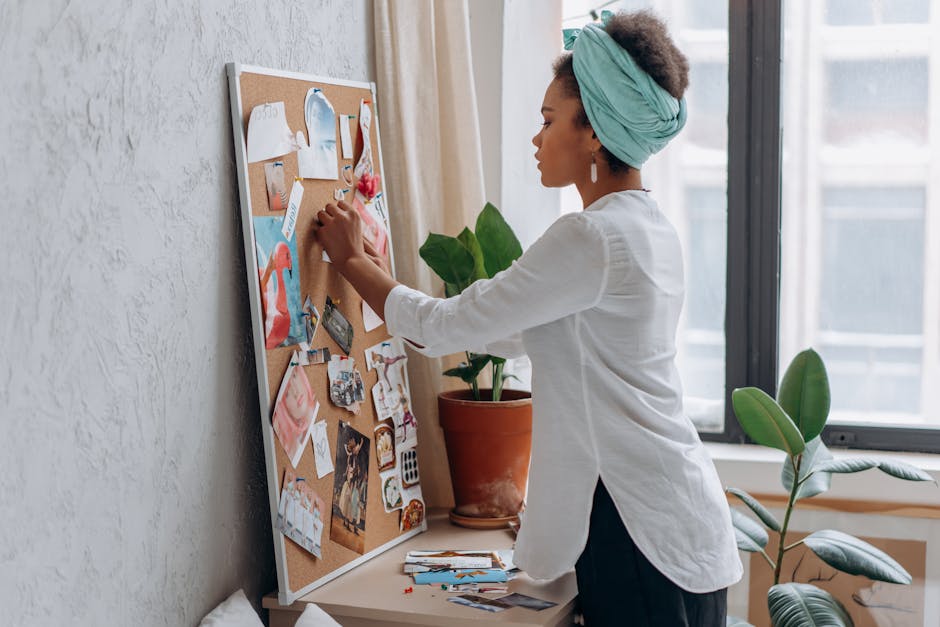
Recent advances in neuroscience have shed light on the impact of art on the brain and its role in promoting mental health. Studies have shown that engaging in artistic activities can enhance neural connectivity, stimulate the release of endorphins, and improve cognitive function. The act of creating art has been found to activate the brain’s reward pathway, leading to feelings of pleasure and satisfaction.
Moreover, exposure to art, whether through viewing paintings, listening to music, or attending performances, has been linked to changes in brain activity and increased levels of oxytocin, the “love hormone.” This neurochemical response can promote feelings of trust, bonding, and empathy, fostering social connections and reducing feelings of isolation and loneliness.
By combining art therapy with neuroscientific research, therapists can develop more targeted and effective interventions for individuals with mental health conditions. Understanding how art influences the brain can help therapists tailor treatment approaches to meet the specific needs of each individual, leading to improved outcomes and a deeper sense of healing and transformation.
The Stigma Surrounding Art and Mental Health
Despite the growing recognition of the therapeutic benefits of art, there remains a stigma surrounding the use of creative expression in mental health treatment. Some individuals may view art therapy as a frivolous or non-traditional approach to therapy, dismissing its effectiveness in addressing serious mental health issues. Others may feel self-conscious or intimidated by the prospect of engaging in artistic activities, fearing that they lack talent or creativity.
It is important to challenge these misconceptions and encourage individuals to explore the healing potential of art therapy. By promoting awareness of the benefits of creative expression, advocating for the integration of art therapy into mental health care, and providing opportunities for individuals to engage in artistic activities, we can help break down barriers and expand access to holistic and person-centered mental health treatment.
Conclusion
The connection between art and mental health is a powerful and transformative one, offering individuals a unique pathway to healing, self-discovery, and personal growth. Through the act of creating art, individuals can express themselves, process their emotions, and find solace in the midst of chaos. Art therapy provides a safe and supportive space for individuals to explore their inner worlds, confront their fears, and cultivate resilience in the face of adversity.
As we continue to unravel the mysteries of the human mind and the healing potential of art, it is essential that we embrace a holistic approach to mental health care that honors the mind-body-spirit connection. By integrating art therapy into traditional therapeutic modalities, we can offer individuals a more comprehensive and personalized treatment experience that addresses their unique needs and fosters their overall well-being.
So, whether you pick up a paintbrush, strum a guitar, or simply lose yourself in a beautiful piece of art, remember that art has the power to heal, inspire, and transform. Let art be your companion on the journey to mental wellness, guiding you through the shadows and into the light of self-discovery and healing.

